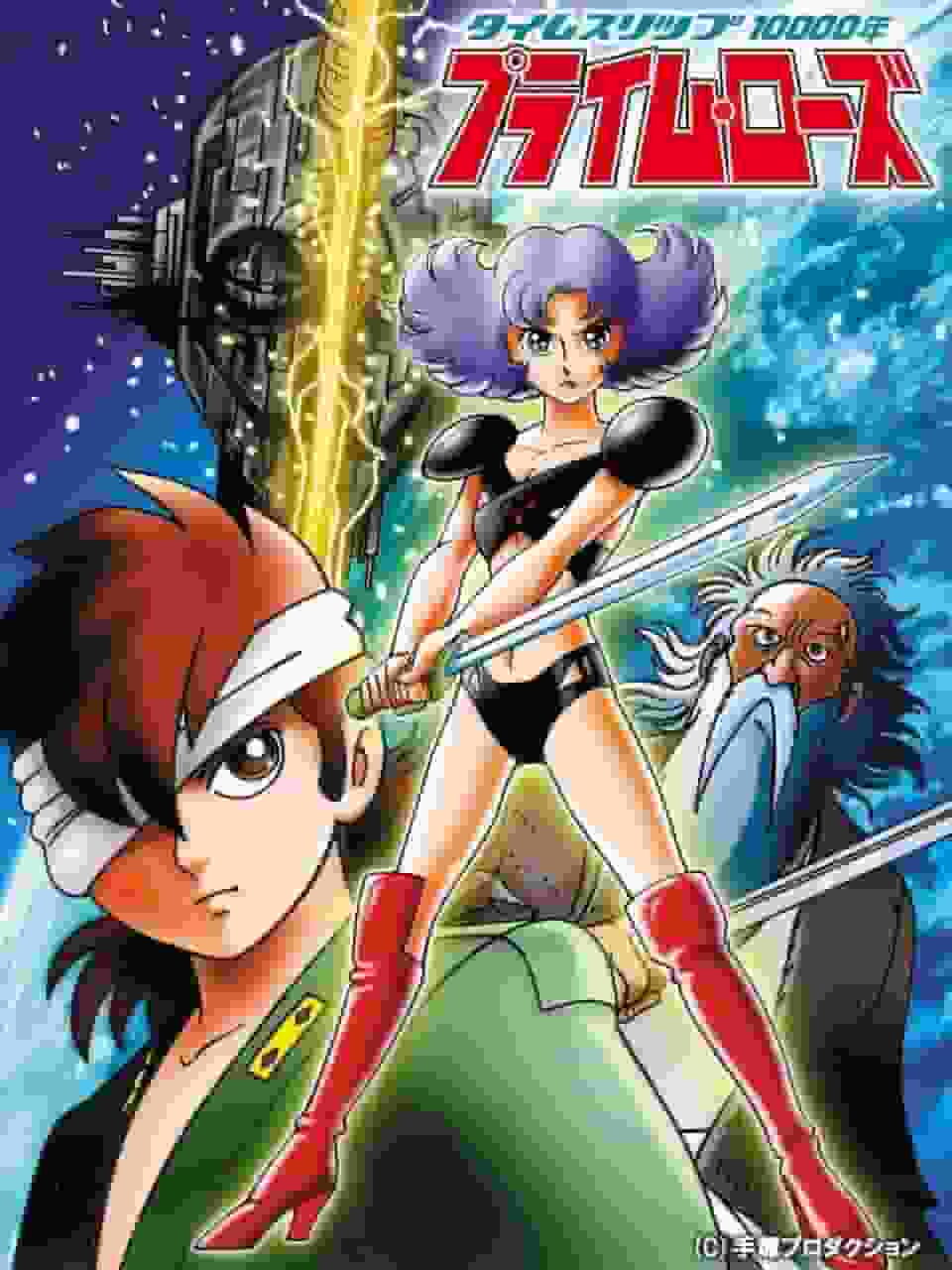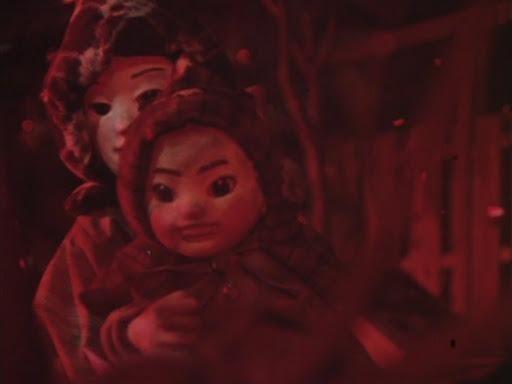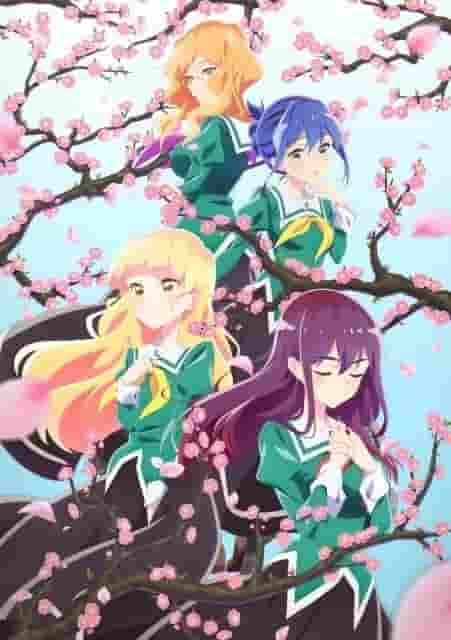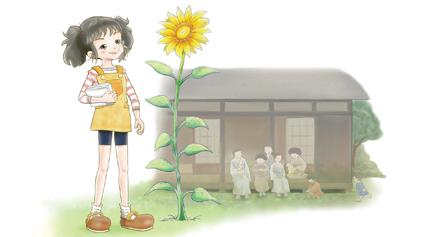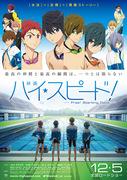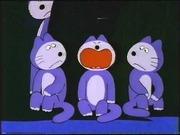Rat Fight: An evaluation of the unexpected charm and deep story

Rat Fight - Rat Fight■ Public Mediatheater ■ Original MediaAnime Original ■ Release dateJuly 1948 ■Frequencies11 mins ■ Number of EpisodesEpisode 1 ■Original Story・Original work: Kenji Masuda ■ Director・Direction: Satoshi Morino ■ ProductionProduced by Shineigasha and Fujifilm Research Institute ■ Story A strong mouse trains hard to beat a cat. To show his strength, he gathers his fellow mice and boxs the cat. They put a paper bag over the kitten and fight in the ring, but when the bag breaks, even the kitten is a cat. The mice run away because the kitten is too strong. ■Explanation After Fuji Film Laboratories developed color film for movies (reversal film), they collaborated with Shineigasha to produce prototypes of Fujicolor motion pictures, but because they were only prototypes they were not released to the public. ■ Main staff・Produced by Shineigasha, Fuji Film Research Institute ・Original story by Kenji Masuda ・Screenplay by Kenji Masuda ・Direction by Satoshi Morino ・Cinematography by Megumi Asano ・Animation by Osamu Satomi ■Detailed evaluation"Mouse Fist" is a Japanese animated film released in 1948, and is very interesting considering its historical background and technical significance. This film was produced during the period when Japan was working on the development of color movies after the war, and played an important role as a color test film. Below, we will explain in detail the story, production background, technical features, and cultural significance of this film. The appeal of the storyThe story of "Mouse Boxing" is very simple. A strong mouse trains hard to beat a cat, and gathers fellow mice to box with the cat. The scene where the kitten is covered with a paper bag and fights in the ring is humorous, and the scene where the kitten escapes from the bag and the mice run away is visually impactful and comedic. This simple story can be enjoyed by a wide range of people, from children to adults. Background and technical featuresThis film is a prototype produced by Fuji Film Laboratories in collaboration with Shineigasha after the development of color film (reversal) for cinema. As it was a prototype, it was not released to the public, but it played an important role as a color film color test prior to the release of "Carmen Comes Home," Japan's first color feature film. Considering that color film technology was still in its infancy at the time, this film can be said to have made an important contribution to the history of Japanese color cinema. The lineup of production staff is also noteworthy. Masuda Kenji, who wrote the original story and screenplay, was an important figure in the postwar Japanese animation world, and his unique perspective and humor are reflected in this work. Morino Satoshi, who directed the film, was also a major contributor to the development of postwar Japanese animation, and his directing skills add to the appeal of this work. Cultural significance"The Fight for the Cat" reflects the various problems that Japan faced after the war. In particular, the episode where the film was difficult to get permission to produce due to pre-censorship by CIE symbolizes the political situation in Japan at the time. The debate over whether the cat represents the great power America shows that post-war Japan was under American influence, and this film can be seen as a kind of satire that reflects that background. This film also symbolizes the dawn of color cinema in Japan, capturing both technological progress and cultural change at the same time. Produced at a time when postwar Japan was searching for new means of expression, this film is a valuable document that reflects the social situation and people's feelings at the time. ■Recommendation details"Mouse Fist" is a very important work for understanding the history of postwar Japanese animation. In particular, it is useful for understanding the technological advances in color film and the political situation at the time. In addition, the simple yet humorous storyline is enjoyable for both children and adults. This is a work that should be seen by fans of animation films and those interested in history. In addition, to gain a deeper understanding of this work, the following related works and materials may be of help: Related Titles
Related Documents
As mentioned above, "Mouse Boxing" is a very interesting work from the perspective of its historical background and technical significance, and I would like as many people as possible to see it. I would recommend it not only to fans of animation films and those interested in history, but also to anyone who wants to know about the changes in postwar Japanese society. |
>>: My Baseball: A Thorough Review of a Touching Story of Youthful Sweat and Tears
Recommend
A thorough analysis of the charm and emotion of Aunt Michelle! Reevaluating the masterpieces of Everyone's Songs
Aunt Michelle - A nostalgic NHK educational TV ma...
Tokyo Override review: What's the new appeal of cyberpunk?
"Tokyo Overdrive": A fusion of futurist...
Celebrating the 20th anniversary of "Oh! My Goddess"! Reevaluating the moving story of Fighting Wings
20th Anniversary Ah! My Goddess Fighting Wings - ...
Kurayukaba: A review that delves into fascinating storylines and characters
Kurayukaba - Tales of the Deep and Their Charms K...
"Ghost in the Shell SAC_2045" Movie Version "Motoko Kusanagi" Character Trailer Voiceover Interview with Tanaka Atsuko
The anime "Ghost in the Shell SAC_2045"...
Wanda Films releases 2021-2022 annual film list including "Detective Chinatown 3" and "Mojin: The Lost Tomb 2"
Recently, Wanda Film Group's Wanda Films, New...
A thorough review of the movie version of Initial D Third Stage! A look at the story and visual beauty
"Initial D Third Stage": The appeal of ...
The author of "Sakamoto, what can I do for you?" died at the age of 36
Today (August 16), the official Twitter account o...
The first trailer of the TV series "Mr. and Mrs. Smith" shows Asian + black spies coming
Recently, the first trailer and new poster of the...
"Happy Fuku": A review that delves into the moving and healing power of everyone's songs
"Happy Fuku" - The appeal of Minna no U...
New series of the American TV series "Suits" is confirmed to be in production
Creator Aaron Korsh is currently working on new e...
NEW GAME!! Season 2's appeal and reviews: evolution beyond expectations and character growth
The appeal and detailed review of the second seas...
The fourth season of "Stranger Things" preview has a slightly scary atmosphere
The fourth season trailer of "Stranger Thing...
"Batman" wins Korean box office championship, no local films among the top three
The American film "Batman" was released...
Review of "The Little Mermaid: Marina's Adventure": A moving undersea fantasy
Mermaid Princess Marina's Adventure - A touch...

